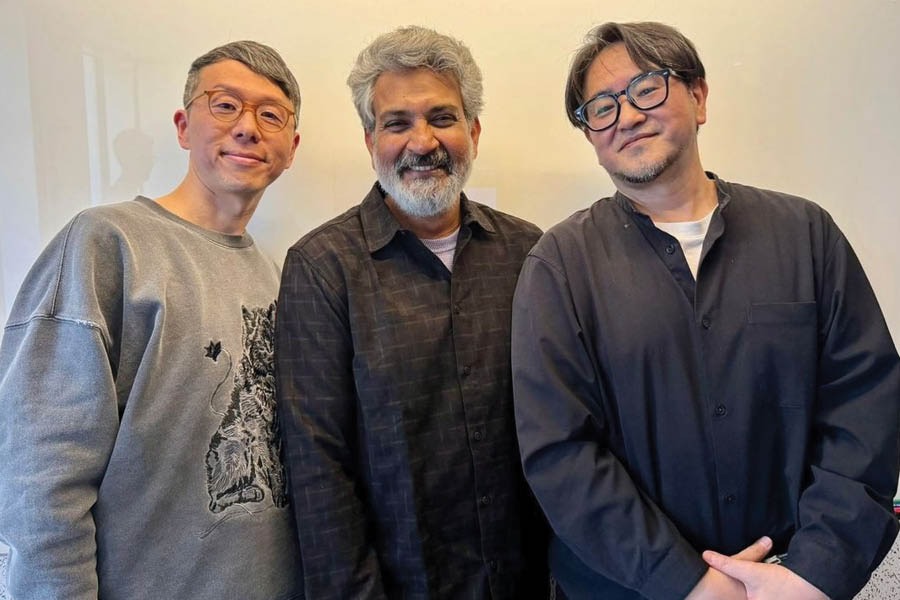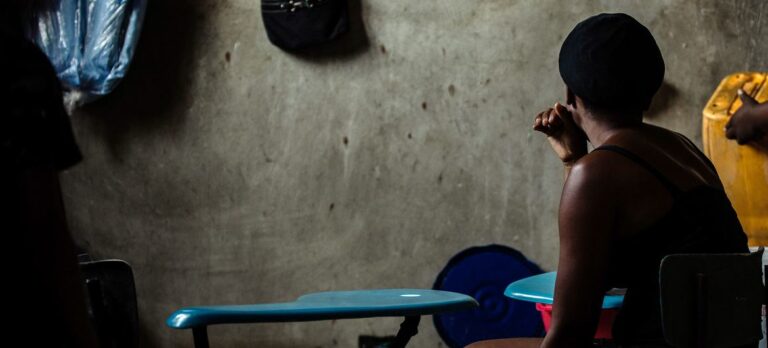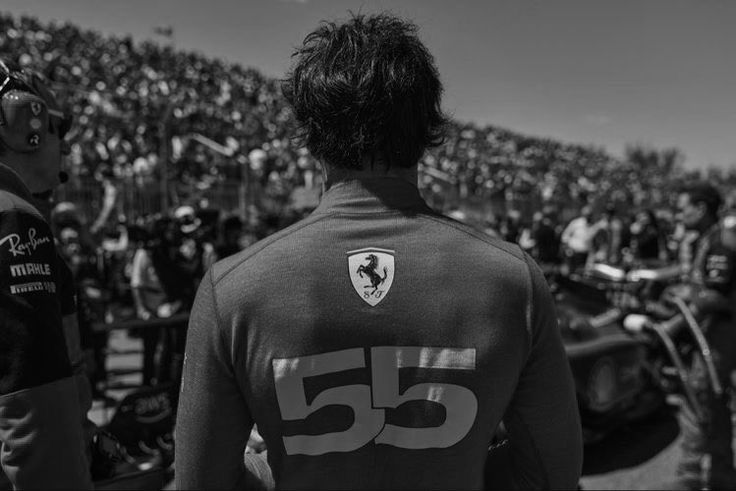SS Rajamouli Enters Kojima’s World in Death Stranding 2

When legendary filmmaker SS Rajamouli steps into a story, you expect grandeur, mythology, and a certain cinematic poetry. What you don’t expect is for him to appear mid-quest in a dystopian video game universe—yet that’s exactly what fans discovered in Death Stranding 2: On the Beach, the latest mind-bending narrative from Japanese game auteur Hideo Kojima.
In this surreal crossover, Rajamouli plays “The Adventurer”, with his son SS Karthikeya joining as “The Adventurer’s Son”—a father-son duo navigating the game’s eerie, post-apocalyptic landscapes. It’s a quiet but powerful moment: two real-life storytellers becoming part of a digital myth, guiding players through emotional and metaphor-laced terrain. Their presence isn’t just a cameo—it’s a cultural handshake, a meeting of visionary worlds from India and Japan, film and gameplay, legacy and innovation.
Set in a fractured version of Australia and anchored by actor Norman Reedus’s returns as Sam Porter Bridges, Death Stranding 2 continues its meditation on isolation, connection, and survival. And now, tucked within that narrative, are two Indian creatives whose very appearance speaks volumes about where storytelling is headed—fluid, collaborative, and fiercely global.
A Bridge Between Realms
When SS Rajamouli steps into Death Stranding 2 as “The Adventurer,” it doesn’t feel like a typical crossover—it feels like a myth quietly unfolding inside a video game. He doesn’t say much, but his presence lingers. In this broken world of shadows and silence, he carries the quiet weight of someone who’s seen lifetimes pass. And in one simple act—handing Sam Porter Bridges a talisman etched with ancient patterns—he offers more than an object. It’s a gesture of faith, of memory. For anyone who’s followed Rajamouli’s films, the meaning is clear: symbols matter because they hold the pieces of who we’ve been.
That single moment becomes a kind of unspoken conversation. Kojima, who tells stories through mood and metaphor, and Rajamouli, who builds worlds with emotion and scale, meet without needing to explain themselves. They don’t just represent two different cultures—they represent a shared belief that stories connect us, no matter the format. Together, they remind us that even in a fragmented future, something sacred still survives: the power of a story told from the heart.
The Sons Carry the Flame
Karthikeya’s role as “The Adventurer’s Son” isn’t just clever casting—it’s quietly emotional. In this desolate, crumbling world, he doesn’t trail behind his father’s footsteps—he walks beside them. There’s something deeply moving in that choice. It says: we carry the past not to preserve it in amber, but to walk it into the future. It’s a reminder that legacy, when shared, becomes lighter. More alive.
Off-screen, too, the symbolism resonates. Karthikeya has long been Rajamouli’s shadow behind the camera, learning the rhythm of stories from a front-row seat. Now, in Death Stranding 2, he steps into the myth himself—not as a protégé, but as a storyteller in his own right. Their pairing feels like a whispered promise between generations: that what we build with care will find new hands ready to reshape it.
Together, they offer a vision of storytelling that isn’t about inheritance—it’s about invitation. It’s about fathers who make space, and sons who walk through it with their own voice. And in that digital silence, across windswept terrain, something tender unfolds: the quiet brilliance of two storytellers keeping the flame alive.
From Cameo to Cultural Commentary
This isn’t just a cool Easter egg for Indian fans or gaming buffs—it’s something more tender, more telling. When someone like Rajamouli steps into a world as peculiar and poetic as Kojima’s, it’s not just a cameo—it’s a quiet reshaping of the space. It tells us that storytelling today isn’t boxed in by borders or genres—it travels, listens, adapts. And maybe, more importantly, it reminds us that great stories don’t need passports—they just need heart.
Rajamouli’s presence challenges the old idea that myths belong to a place, a people, or a time. It shows that a symbol can live in a ruined digital landscape just as meaningfully as it did in a stone palace. And in that simple act—of stepping into someone else’s world with your own voice—he becomes not a guest, but a co-author. A nod to the fact that creators from the Global South aren’t waiting to be let in—they’re already here, building and bending the map as they go.
By bringing Rajamouli and Karthikeya into this strange, spectral world, Death Stranding 2 becomes something more than a game—it becomes a meeting place. Of past and future. Of legends and code. Of fathers and sons. And suddenly, what might’ve been just another sequel starts to feel like a small, beautiful shift in how we imagine stories, who gets to tell them, and who we carry with us when we do.
Stay updated with the latest news on The World Times. Get all the trending City News, India News, Business News, and Sports News.



